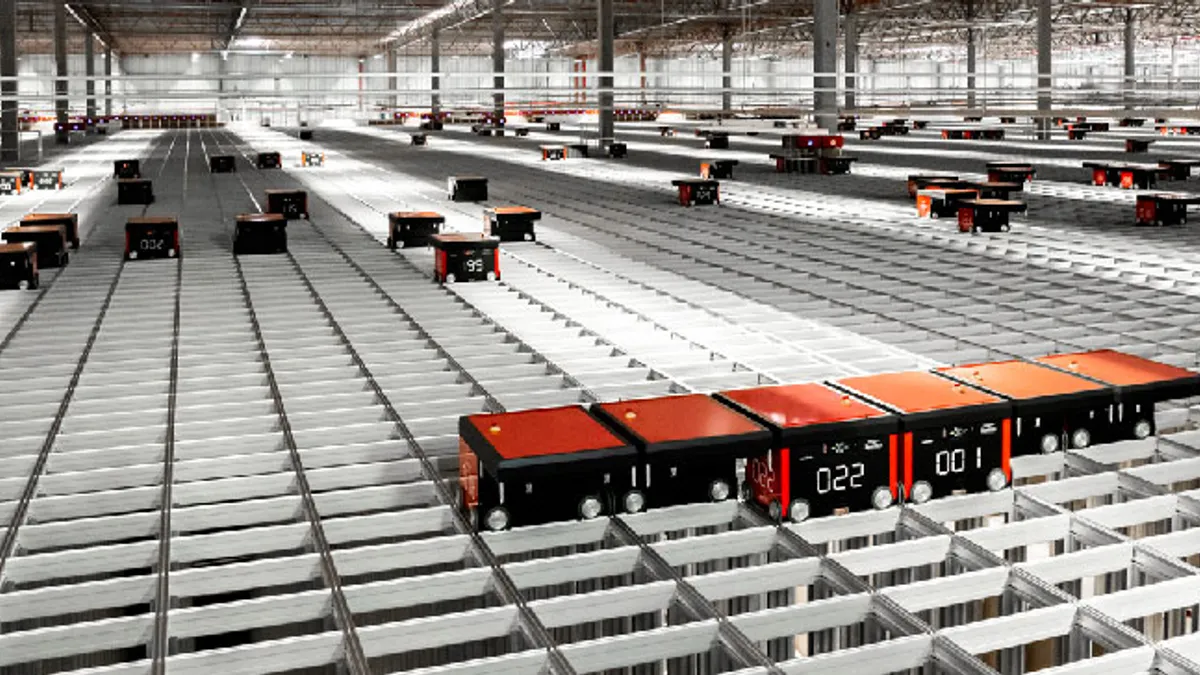Knowing what goes on behind the scenes in the logistics business, I can appreciate retail companies that are stretching to offer next or same-day delivery.
Many companies offering same-day delivery, are doing so despite losing money with these service offerings. Manual picking processes for single, ecommerce orders are inherently labor intensive and time consuming. To add to that, the labor market has changed and rethinking of how to better utilize current staff for faster and more accurate rates is top of mind.
COVID-19 accelerated consumer behavior to rely on the importance of convenience, especially as it relates to safer and faster shopping options. This has put same-day delivery and BOPIS (buy online, pick up in store) at the top of retail distribution center automation objective lists. How do retailers adjust operations for a better ROI? Let's explore a few key points, with insight from Dafiti Group, who recently cut their order cycle time from 24 hours to 2.
Location, Location, Location!
Good locations are never cheap. To meet the demand for tighter deliveries, companies must look to locate their distribution facilities near major metropolitan areas where real estate commands a premium. In order to remain competitive and turn a profit, maximizing the use of the vertical cube for greater storage capacity is increasingly important.
Facility Space.
Assess current space constraints and future business growth. Consider creative solutions that allow for order fulfillment inventory increase without costly business interruptions or facility expansions. Automation technologies like goods to person (GTP) and picking technologies like pick to light and voice picking generally offer flexible layouts that can accommodate existing facility space.
High Density Storage.
How much space should you plan for and how much seasonal fluctuation do you need to accommodate? GTP systems provide flexible, high-density storage options that easily accommodate scaled growth and open the possibilities to support both local micro-fulfillment needs and retail ecommerce purposes.
We worked with Dafiti Group, an ecommerce retailer in Latin America, who needed a fast-moving system that could manage more than 500,000 SKUs and required storage for 3.6 million units. They needed a solution that could grow and change during peak season shifts and market changes. AutoStore, a cube-based goods to person system, was identified as the best solution, providing a rate of 4,800 items picked per hour.
Labor Availability.
With the fulfillment process timeline being compressed from a few days to same or next-day, companies need to look at ways to reduce the time needed to fulfill an order, eliminate excessive touch points and reduce walk time from fulfillment workstations to product storage racks. The current labor market has strained operations which makes GTP technologies such as shuttles, robotics and ASRS increasingly common to replace labor-intensive and repetitive tasks. Several of these technologies require minimal operator training time and improve effectiveness as compared to manual picking. AutoStore, for example, is up to 50% more effective and Scallog's mobile shelving helps operators be three-times more productive.
Futureproofing.
Extend your ROI by futureproofing your automation investments. GTP workstations, coupled with a supporting WES (warehouse execution system), offer real-time data that integrates to your inventory tracking which delivers accurate order data directly to operator workstations. The technology infrastructure can easily add bots and workstations with minimal disruption to the operation.
In Dafiti's case, we knew that a cutting-edge design and integration were necessary for a better ROI. The ecommerce fulfillment process is operated by software that creates efficient routes for AutoStore robots to collect products and is integrated to communicate with Bastian Solutions' Exacta WES software, for accurate, real-time operations data. This tight software integration gives operators the correct picking information to fulfill orders efficiently and without error. In total, the process of picking items is now three times faster.
Strategizing For Faster Order Fulfillment
The convenience of next-day and same-delivery is here to stay so it's no longer a matter of “when to automate”. Instead, it's about “how should we automate.” Keeping these five key points in mind while you explore various technologies and evaluate warehouse processes can help set you up for success, the same way Dafiti has been able to move from a 24-hour order cycle time to an average of only two hours.










